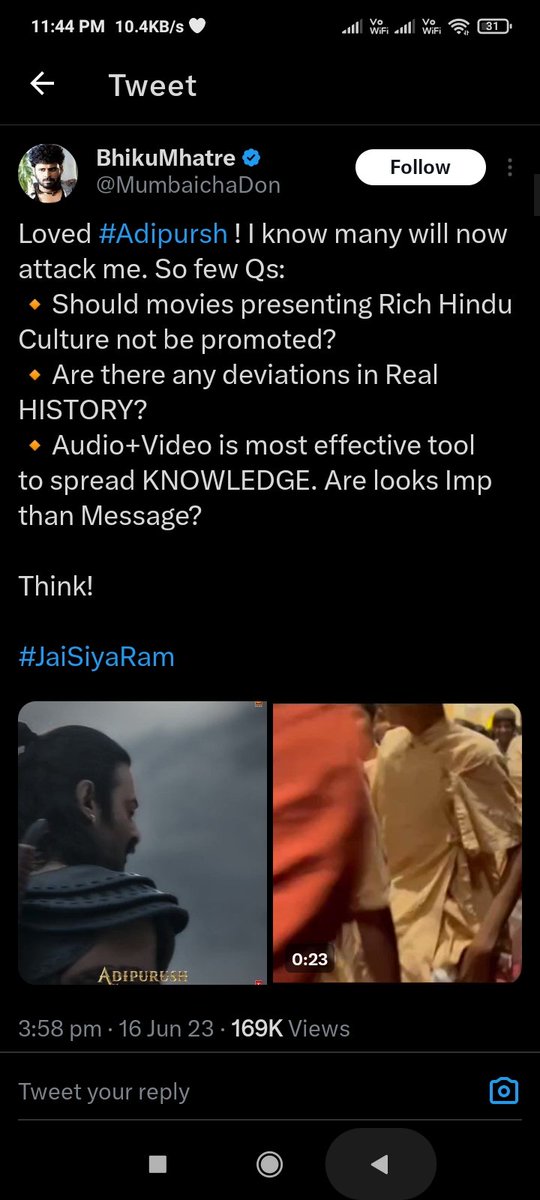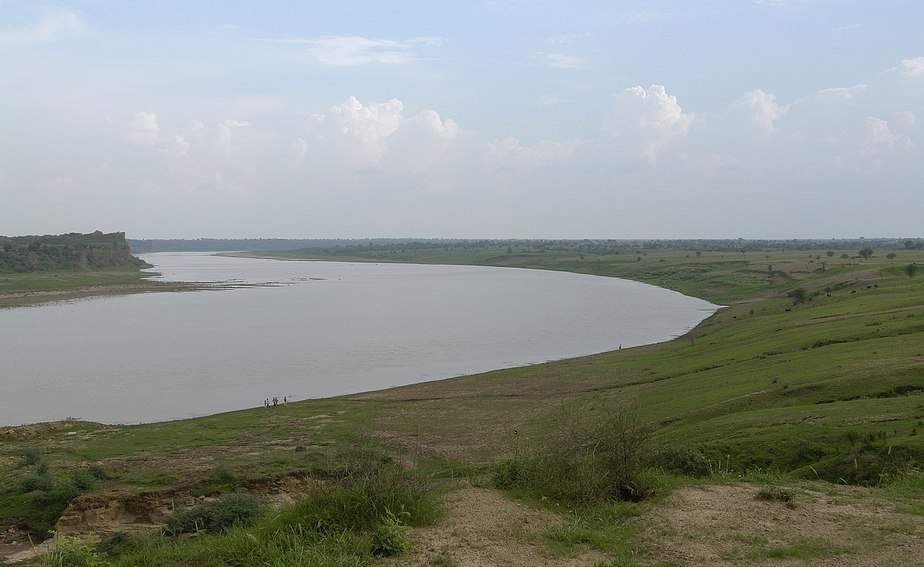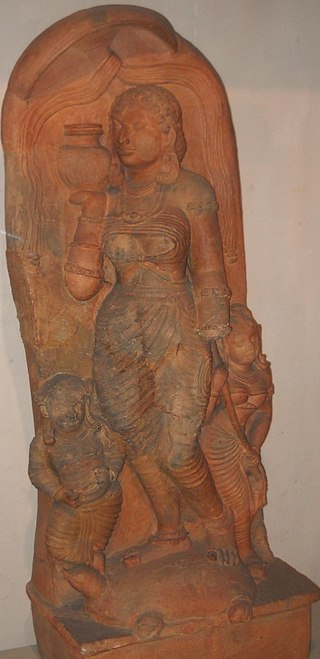The #Adipursh Defense League by big time Raita Influencers. Yeh woh log hai jo paise ke liye kuch bhi kar sakte hai.
Dharm Rakshak nahi yeh to Dharma ke Dalaal hai.



Dharm Rakshak nahi yeh to Dharma ke Dalaal hai.




Ek aur #Adipursh Defense League wala member. Vaise yeh chomu ,yeh Raita Gang ka sande Ghatiya wala hai. 

Another #Adipursh defence league member. 

The #Adipurush Defense League, loving these attempts of Raita Wing to promote a junk movie, just coz it's made by their own camp members. 

This Chomu of #Adipurush Defense League actually compares Manoj Muntashir 's tapori dialogue to Tulasidas Ramcharitra Manas.
These guys are worse than Liberals, they openly show their Hindu hate. These two timers pretend to be Dharm Rakshaks.

These guys are worse than Liberals, they openly show their Hindu hate. These two timers pretend to be Dharm Rakshaks.


• • •
Missing some Tweet in this thread? You can try to
force a refresh























